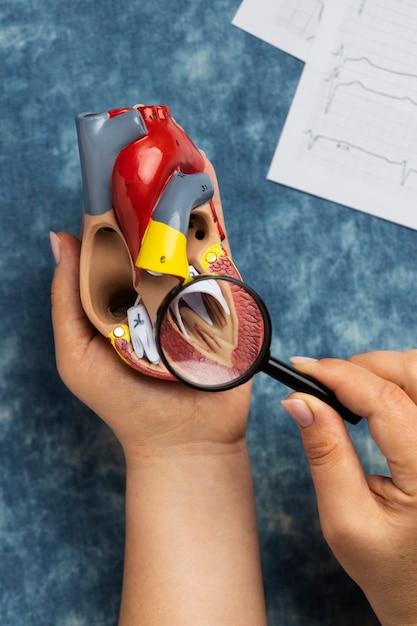
Peyronie’s disease is a connective tissue disorder marked by the formation of hardened scar tissue, known as plaque, beneath the skin of the penis. This can cause the penis to curve noticeably when erect, affecting up to 1 in 11 men. Although the plaque is benign and not cancerous, it can sometimes lead to erectile dysfunction and painful intercourse.
The primary symptom of Peyronie’s disease is a noticeable curve in the penis during an erection, usually curving upward. Other symptoms might include pain and inflammation, particularly during the acute phase when the symptoms first appear. This acute phase can last about a year to 18 months, after which the plaque becomes hardened, and pain typically decreases, marking the chronic phase of the condition.
Peyronie’s disease is caused by plaque buildup in the tunica albuginea, the part of the penis crucial for maintaining an erection. Over time, this scar tissue can lead to penile bending, which might occur due to restricted blood flow or weakened muscle tissue, or both. While the exact cause is unclear, it could be linked to certain factors or injuries.
It commonly affects white men between 40 and 60 years old, although older men can also be diagnosed. Diagnosing Peyronie’s disease usually involves a physical examination by a urologist, who might feel the scar tissue or ask for photos of the penis when erect. Your doctor will likely inquire about your medical history and symptoms, and sometimes, an ultrasound is needed.
Not everyone with Peyronie’s disease experiences sexual dysfunction or requires treatment, as symptoms can be mild or even resolve over time. Treatment options, while varied, currently have no guaranteed cure, but reducing risk factors like smoking and excessive alcohol intake might help. Early consultation with a healthcare provider is essential for managing symptoms effectively.
Peyronie’s disease often occurs with other conditions and can lead to mental health concerns like depression and anxiety because of sexual difficulties. Many individuals face mild to moderate symptoms of depression. The condition may progress over time, with about 30-50% experiencing worsening curvature, although it stabilizes in up to 67% of cases. A small percentage, 3-13%, see improvement without intervention. If Peyronie’s disease impacts self-esteem or relationships, seeking mental health support through therapy or medication can be beneficial.

